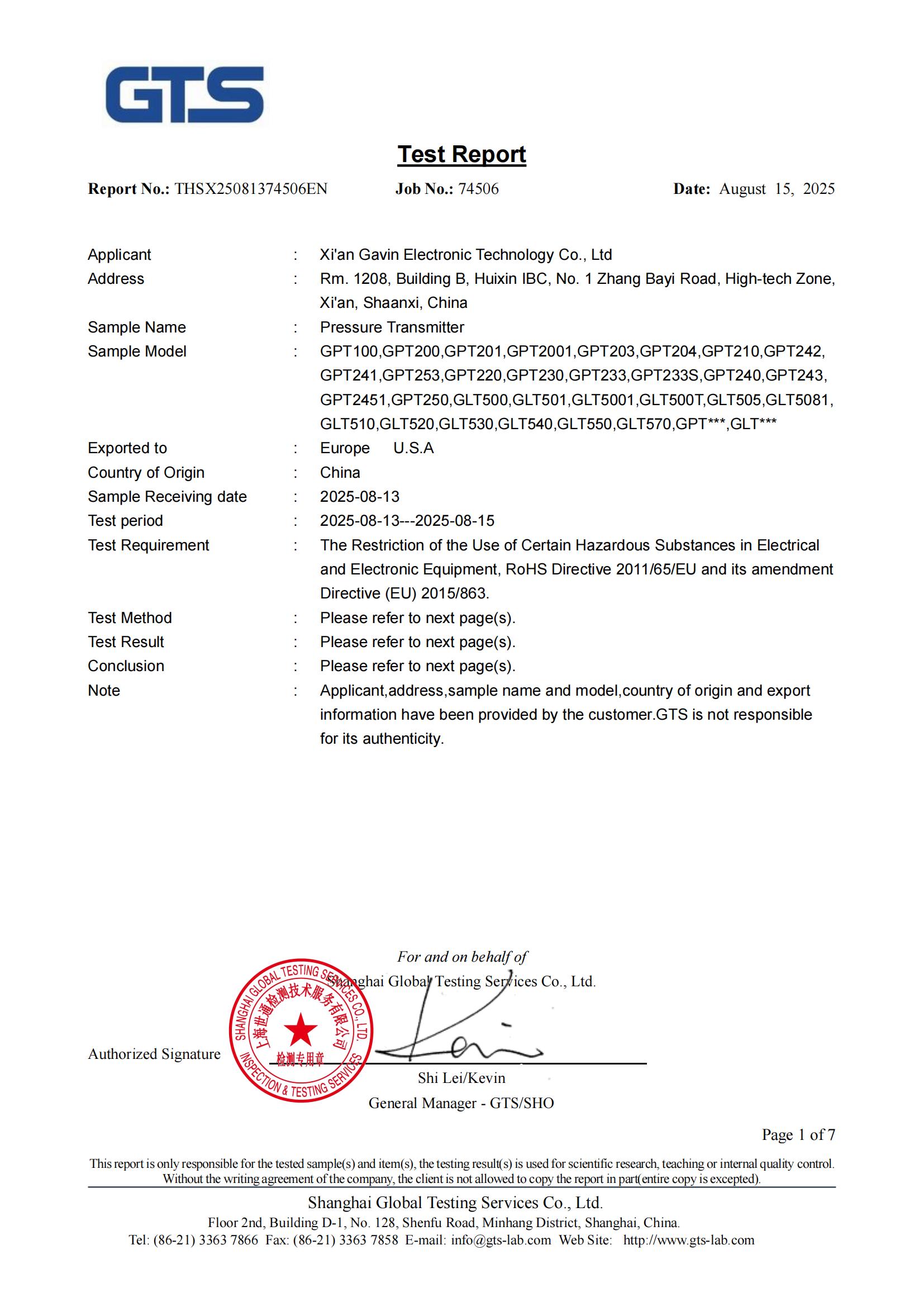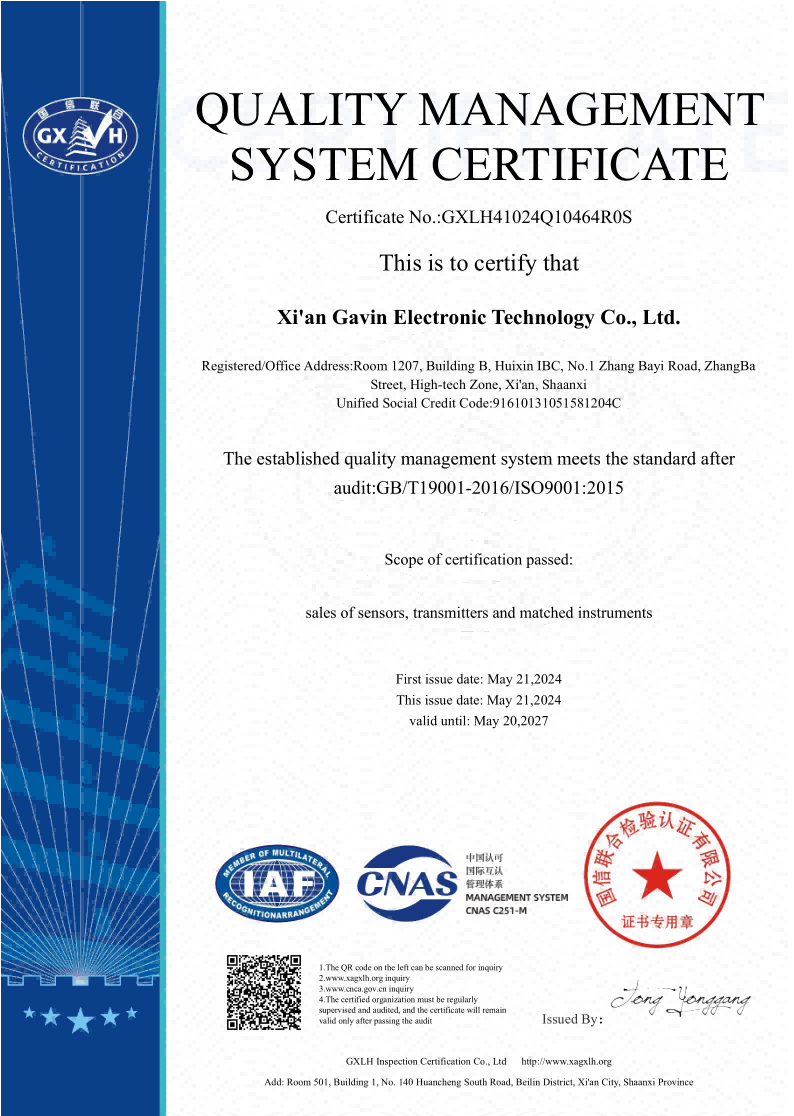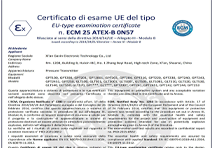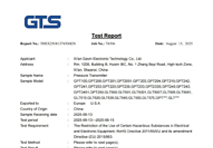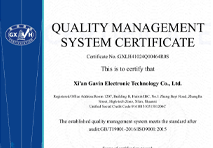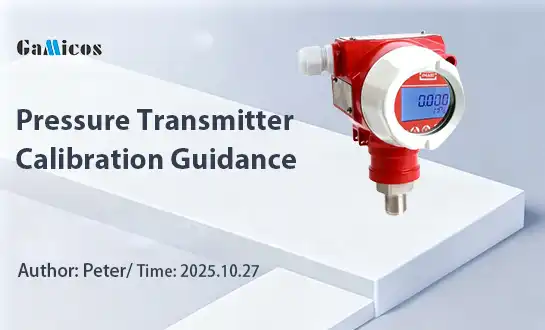What Makes a Pressure Sensor Truly Waterproof?
Key Features of Waterproof Pressure Sensors
A waterproof pressure sensor is designed with multiple layers of protection, including robust housing, specialized sealing techniques, and advanced materials. It must withstand not just water ingress, but also pressure, temperature fluctuations, and corrosive elements. The IP68 rating, indicating complete dust-tightness and protection against long-term immersion, is crucial. Additionally, features like hermetic sealing, potting compounds, and rigorous testing procedures ensure long-term reliability in harsh underwater environments.
Key Features of Waterproof Pressure Sensors
Robust Housing and Sealing Mechanisms
The foundation of a truly waterproof pressure sensor lies in its robust housing and advanced sealing mechanisms. These components form the first line of defense against water ingress, ensuring the sensor's internal components remain dry and functional even in submerged conditions. A high-quality waterproof pressure sensor typically features:
- Corrosion-resistant materials: Often made from 316L stainless steel or titanium, these materials withstand harsh environments and prevent degradation over time.
- ring seals: Precision-engineered O-rings create a watertight barrier between the sensor's body and its electrical connections.
- Welded construction: Seamless welding eliminates potential entry points for water, enhancing the sensor's overall integrity.
The GPT203 IP68-rated submersible pressure transmitter from GAMICOS exemplifies these features, boasting a 316L stainless steel isolation diaphragm that ensures excellent durability and longevity in challenging underwater applications.
IP68 Certification: The Gold Standard for Waterproofing
When it comes to waterproof pressure sensors, the IP68 certification is considered the gold standard. This rating guarantees that the sensor is not only dust-tight but also capable of continuous submersion in water under specified conditions. The IP68 Waterproof Pressure Sensor certification involves rigorous testing, including:
- Submersion tests: The sensor must function flawlessly after being submerged at a specified depth for an extended period.
- Pressure cycling: Repeated exposure to varying water pressures ensures the sensor's seals remain intact.
- Temperature shock tests: Rapid temperature changes should not compromise the sensor's waterproof integrity.
GAMICOS's GPT203 pressure transmitter, with its IP68 waterproof rating, is designed to excel in these tests, making it suitable for long-term submersion in wells, high humidity environments, and even corrosive wastewater applications.

Advanced Materials and Coatings
The choice of materials and coatings plays a crucial role in creating a truly waterproof pressure sensor. Advanced materials not only contribute to the sensor's waterproof capabilities but also enhance its overall performance and longevity. Key material considerations include:
- Diaphragm materials: High-grade stainless steel or specialized alloys that resist corrosion and maintain flexibility.
- Protective coatings: Nano-coatings or fluoropolymer treatments that repel water and prevent the accumulation of deposits.
- Cable jacketing: Durable, waterproof cable materials that maintain integrity even under high pressure and prolonged submersion.
Design Principles Behind Waterproof Pressure Sensors
Hermetic Sealing Techniques
Hermetic sealing is a cornerstone in the design of truly waterproof pressure sensors. This technique ensures an airtight and watertight enclosure, protecting the sensitive internal components from moisture and contaminants. Key aspects of hermetic sealing include:
- Glass-to-metal seals: These create a strong, impermeable bond between the sensor's metal housing and its electrical feedthroughs.
- Laser welding: Precision laser welding techniques create seamless joints that are virtually impenetrable to water.

- Helium leak testing: This rigorous test ensures the integrity of the hermetic seal by detecting even the smallest leaks.
GAMICOS employs advanced hermetic sealing techniques in its waterproof pressure sensor designs, contributing to the sensors' ability to withstand long-term submersion and harsh environmental conditions.
Integrated Electronics and Signal Processing
The integration of electronics and signal processing within the waterproof housing is another crucial design principle. This integration not only enhances the sensor's performance but also contributes to its waterproof capabilities. Key aspects include:
- Miniaturized circuitry: Compact electronics reduce the overall size of the sensor, minimizing potential points of water ingress.
- Potting compounds: Special waterproof potting materials encapsulate the electronics, providing an additional layer of protection.
- Built-in temperature compensation: Integrated temperature sensors and processing allow for accurate readings across a wide temperature range.
GAMICOS's waterproof pressure sensor designs feature advanced integrated electronics, including miniature amplifiers with voltage and current signal outputs, ensuring reliable performance even in challenging underwater environments.
Testing Methods for Reliable Waterproof Pressure Sensors
Hydrostatic Pressure Testing
Hydrostatic pressure testing is a critical method for evaluating the reliability of waterproof pressure sensors. This test simulates the conditions the sensor will face in real-world underwater applications. The process typically involves:
- Gradual pressure increase: The sensor is subjected to incrementally increasing water pressure to assess its performance and seal integrity.
- Extended duration tests: Sensors are kept under constant pressure for prolonged periods to ensure long-term reliability.
- Cyclic pressure testing: Repeated pressure cycles simulate the sensor's ability to withstand changing depths and environmental conditions.
Environmental Simulation Chambers
Environmental simulation chambers play a crucial role in testing waterproof pressure sensors. These chambers recreate a variety of harsh conditions to assess the sensor's durability and performance. Key tests include:
- Temperature cycling: Rapid changes between extreme hot and cold temperatures test the sensor's ability to maintain its waterproof seal.
- Salt spray testing: Simulates corrosive marine environments to evaluate the sensor's resistance to saltwater and corrosion.
- Humidity testing: Extended exposure to high humidity conditions ensures the sensor remains waterproof in moist environments.
Long-term Reliability and Aging Tests
To ensure the longevity and consistent performance of waterproof pressure sensors, manufacturers conduct long-term reliability and aging tests. These tests are designed to simulate years of use in a compressed timeframe. Key aspects include:
- Accelerated life testing: Subjects sensors to intensified conditions to predict long-term performance and identify potential failure modes.
- Thermal aging: Exposes sensors to elevated temperatures for extended periods to assess the degradation of seals and materials.
- Mechanical fatigue testing: Repeated pressure cycles and vibrations simulate long-term wear and tear on the sensor.
Conclusion
In conclusion, what makes a pressure sensor truly waterproof is a combination of robust design principles, advanced materials, and rigorous testing procedures. From the robust housing and IP68 certification to hermetic sealing techniques and integrated electronics, every aspect of a waterproof pressure sensor is carefully engineered to withstand harsh underwater environments. The extensive testing methods, including hydrostatic pressure tests, environmental simulations, and long-term reliability assessments, ensure that these sensors can perform consistently and accurately in the most challenging conditions.
As industries continue to push the boundaries of underwater operations and environmental monitoring, the demand for reliable waterproof pressure sensors will only grow. Manufacturers like GAMICOS are at the forefront of this technology, continuously innovating to meet the evolving needs of diverse sectors such as oil and gas, water treatment, and oceanographic research.
GAMICOS: Your Trusted Partner for Waterproof Pressure Sensing Solutions
At GAMICOS, we pride ourselves on our expertise in developing and manufacturing state-of-the-art waterproof pressure sensors. Our GPT203 IP68-rated submersible pressure transmitter exemplifies our commitment to quality and innovation. Designed for outdoor and underwater pipeline pressure measurement, it features a diffused silicon pressure core, 316L stainless steel isolation diaphragm, and advanced signal processing capabilities.
Whether you need sensors for wells, wastewater treatment, or complex industrial applications, our team is ready to provide customized solutions tailored to your specific requirements. With our extensive experience serving clients in over 98 countries and our dedication to continuous innovation, GAMICOS is your ideal partner for all your pressure sensing needs. Contact us at info@gamicos.com to discover how our waterproof pressure sensors can enhance your operations and drive your success.
References
1. Johnson, A. R., & Smith, B. T. (2021). "Advancements in Waterproof Pressure Sensor Technology for Marine Applications." Journal of Underwater Technology, 39(2), 87-102.
2. Zhang, L., et al. (2020). "Design and Testing of IP68-Rated Pressure Sensors for Extreme Environments." Sensors and Actuators A: Physical, 305, 111941.
3. Brown, C. D. (2019). "Hermetic Sealing Techniques in Modern Pressure Sensor Manufacturing." International Journal of Industrial Engineering and Technology, 11(4), 45-58.
4. Patel, R. K., & Lee, S. Y. (2022). "Long-term Reliability Assessment of Submersible Pressure Sensors: A Comprehensive Review." IEEE Sensors Journal, 22(8), 7421-7436.
5. Anderson, M. E., et al. (2023). "Materials Advancements in Waterproof Pressure Sensor Design: Challenges and Opportunities." Advanced Materials Technologies, 8(3), 2200156.

Peter
Peter, Senior Sensor Technology Consultant, has 15-year industrial sensor R&D experience. He specializes in the end-to-end development of high-accuracy pressure and level sensors and he firmly believe, precision isn’t just a spec—it’s a promise.
We're here to help — submit your request anytime!
Let us know how we can help solve your pressure level measurement challenge.
Recommended Blog
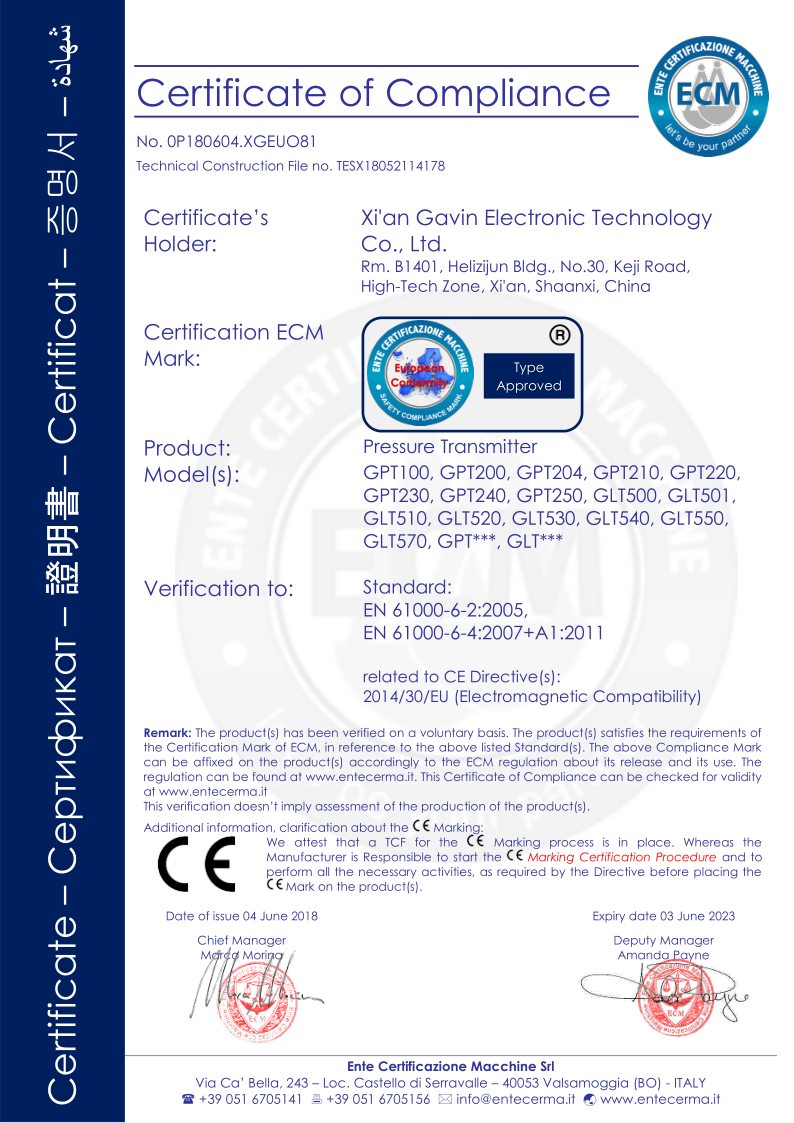
_1757930850792.jpg)
